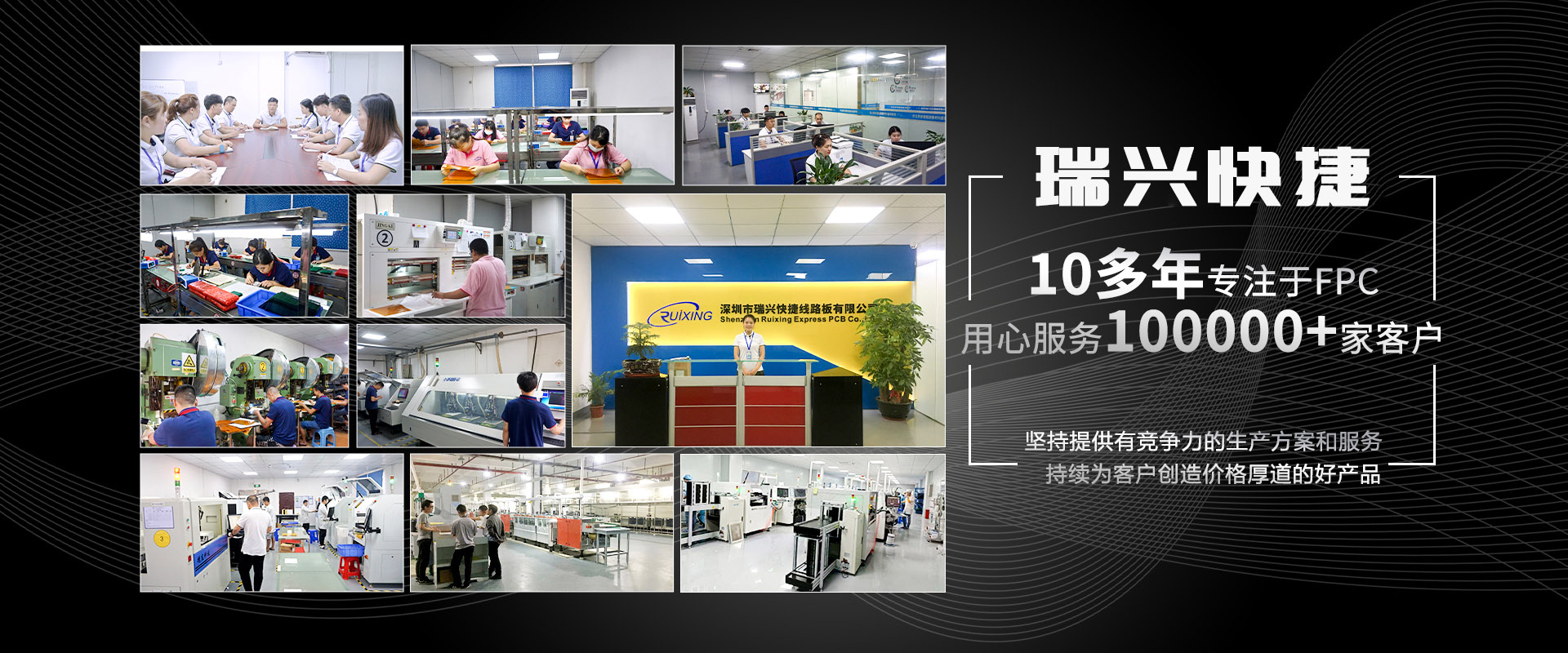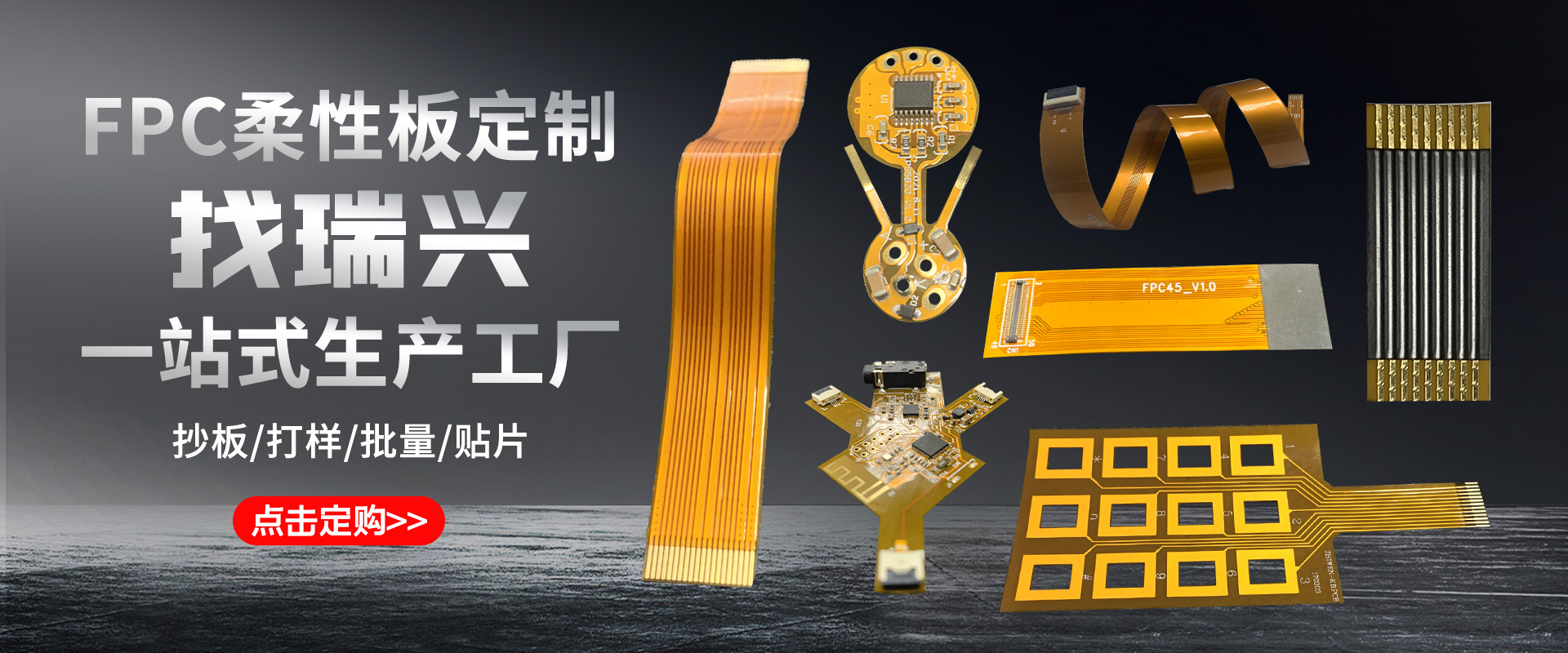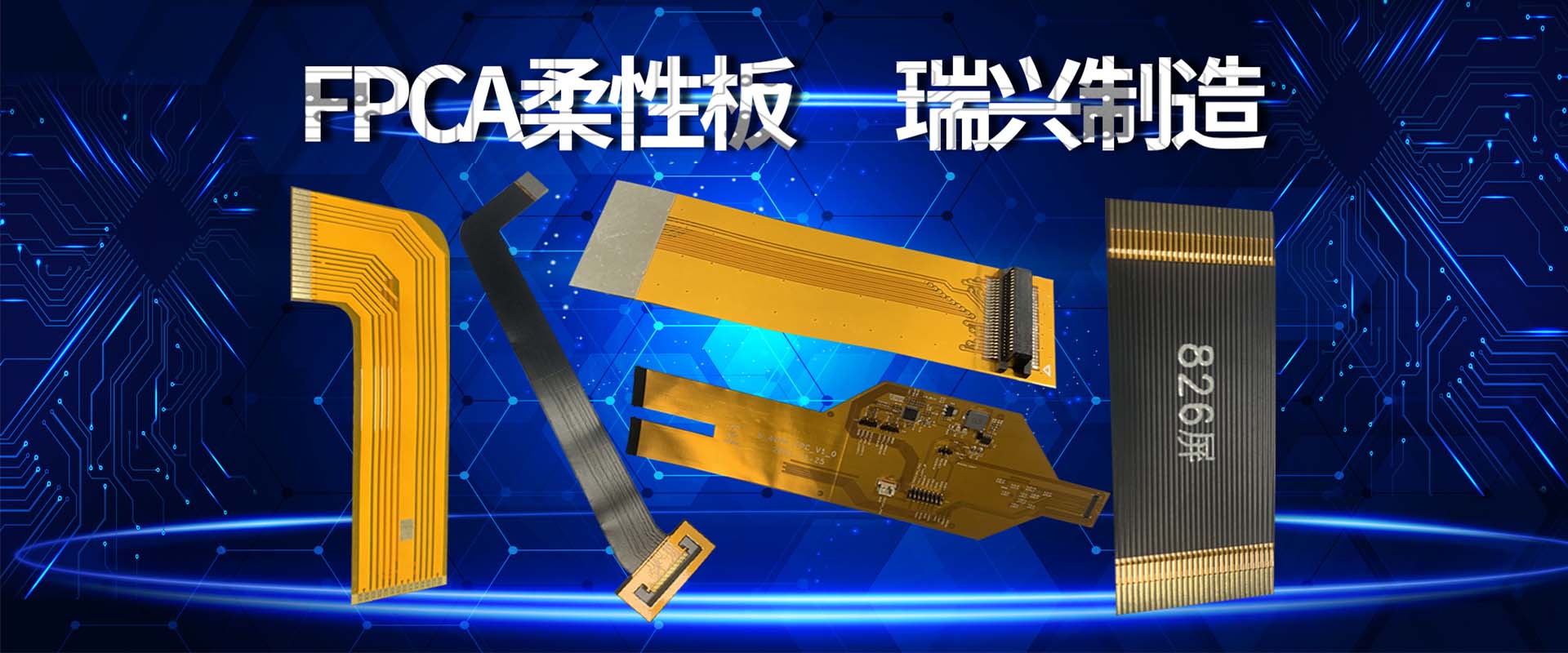
The Application of Ceramic Circuit Board in LED Lamps
The Nobel Prize in Physics in Physics said: "Incandescent lights illuminate the 20th century, while LED lights will illuminate the 21st century." As said, LED lights are increasingly used in our lives due to their excellent performance. The basic structure of an LED lamp is a semiconductor material chip that emits light. It is solidified onto a bracket with silver or white glue, and then connected to the chip and circuit board with silver or gold wire. The surrounding area is sealed with epoxy resin to protect the internal core wires. LED lights have the characteristics of high efficiency, environmental protection, and long lifespan. However, those who commonly use LED lights will find that due to their high brightness, LED lights can easily convert light energy into heat, making them very hot. At this point, if LEDs and other devices cannot dissipate heat as soon as possible, their lifespan will be greatly reduced because the core circuit board of LED lights is very easy to burn out due to poor heat dissipation. Conventional PCB circuit boards in LED lights do not have good thermal conductivity and stability in high-temperature environments. How to solve the heat dissipation problem is a major challenge for LED lights. At present, ceramic circuit boards have supplemented these defects in this field and become essential materials for high thermal conductivity, high-temperature environments, and thermally stable circuits. Due to its high thermal conductivity, high insulation, and better thermal expansion matching coefficient, it has become a hot topic in the field of high-power lighting, especially LED lamps. At present, the most commonly used ceramic substrates are alumina ceramics and aluminum nitride ceramics. The thermal conductivity of alumina ceramic substrate ranges from 29.3W/(m · K) to 35W/(m · K), which is approximately ten to twenty times that of aluminum substrate. When applied to LEDs, it can perfectly export heat and maximize the lifespan of LEDs. If paired with a heat sink with good heat dissipation, it is believed that there will be no formation of junction temperature, which can provide maximum protection for the lamp beads. With the development of technology, the demand and requirements for ceramic plates are becoming increasingly high, such as precision circuits and circuits made on three-dimensional ceramics, which is undoubtedly a major challenge for traditional processes. In the current technology for producing ceramic circuit boards, our company Zhongcheng 3D Electronics (Wuhan) adopts LAM (Laser Activated Metallization Technology) technology, which uses high-energy laser beams to nationalize ceramics and metal ions, allowing them to grow together and firmly bond together. This can maximize the performance of ceramic ceramics and solve this problem. Compared to ordinary printed circuit boards, ceramic circuit board technology has higher technical requirements. Our company has a leading advantage in ceramic circuit board technology and continuously explores, fully prepared for the future technological needs of ceramic substrates. We believe that with our efforts, we will always be at the forefront of the industry and contribute to the development of national technology.







